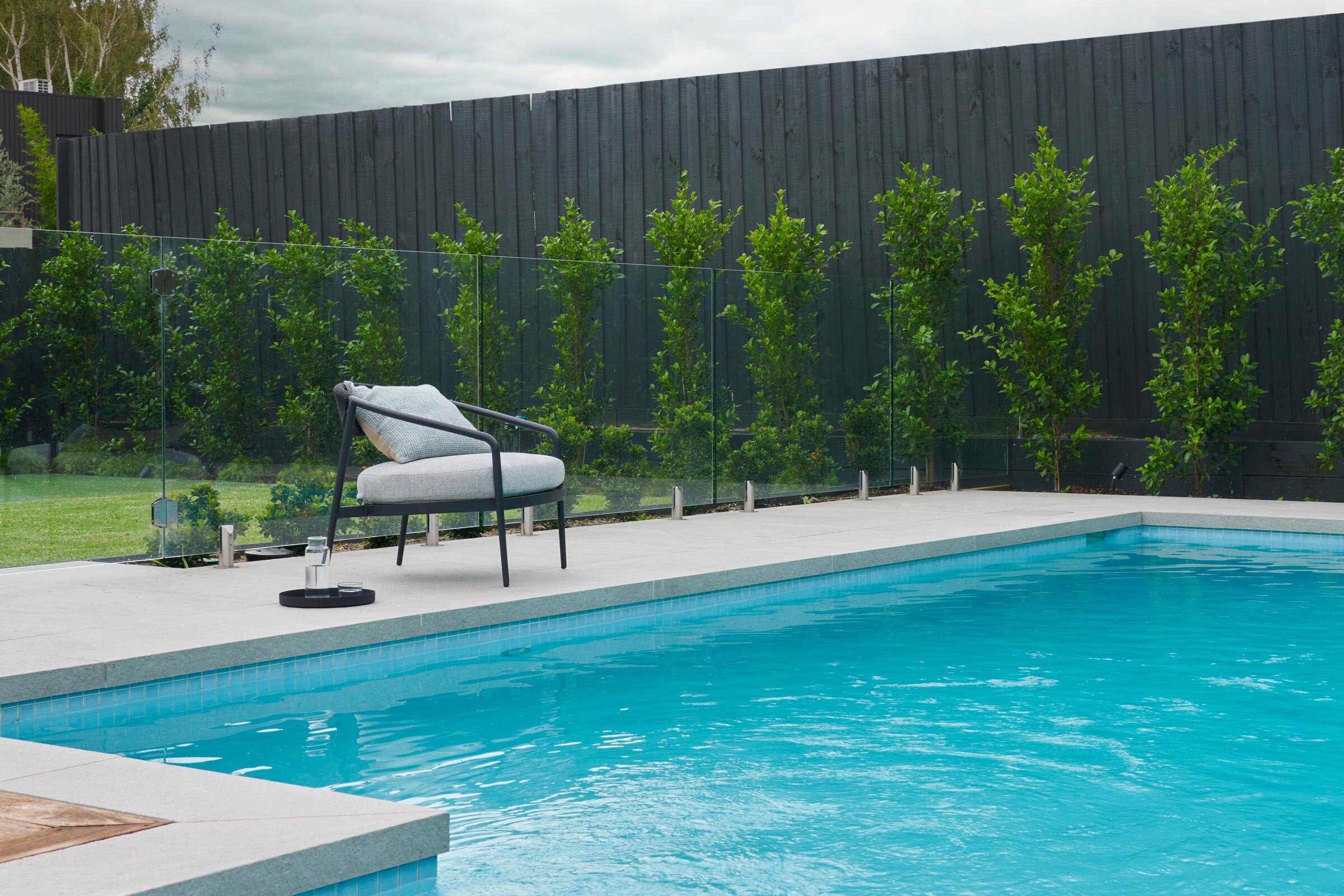Where Embellishment Meets Austerity

Trower Falvo Architects dovetailed architectural austerity with heritage in the renovation of this 19th-century bluestone villa in Melbourne
The name Glencairn conjures images of Scottish moors and a landscape of flint grey and sharp yet rolling edges. In this case, however, Glencairn is the name given to a heritage-listed bluestone estate in Coburg, an inner-city suburb of Melbourne. Elegantly blending past and present, the 19th-century villa is a stately residence with covert architectural innovation that stands on what was once an impressive landholding.
‘This property used to extend so much further, and it’s quite an anomaly in Coburg,’ says Dayne Trower of Trower Falvo Architects, who worked on the five-year resurrection of Glencairn with co-director Simona Falvo. While the surrounding land may be somewhat diminished today, the remaining parcel is a significant 3000 square meters and is an eclectic composition of listed outbuildings, immense elm and acorn trees, and the villa itself, which has been embellished over the years with a monumental porch, timber verandah, ornamental turret and roof-top widow’s walk.
Glencairn’s current owners took custodianship of the residence 30 years ago, getting to know the quality and atmosphere of the home intimately before engaging Trower Falvo to instil contemporary relevance and ‘simplify and unify’ the various elements, as Falvo explains. ‘Our client wanted to connect the living spaces, which were quite disparate, reconcile the site as a whole by following the composition of the original structure, and celebrate the beauty of the surrounding gardens,’ she says. The methodology employed to restore, reinstate and extend began with adhering to strict heritage constraints to strip the home back to its bones.
‘We took the rhythm of the three bluestone blocks that defined the mass of the original house as it stood in the 1860s, unified it with the periphery outbuildings and then devised a design that celebrates the courtyard as the negotiator between the villa and the garden,’ explains Falvo. The result is the introduction of two U-shaped walls offset from one another, one enclosed for living and the other a secret, private garden. Echoing a pavilion, the additions continue the materiality of the original — ironbark, glass and steel — but applied in a way that results in much more than aesthetic modernity.
Inside, a system of architectural blocks containing a new kitchen, bathroom and laundry follow the same rhythm of the heritage walls yet sit apart from them. Old and new are dovetailed throughout, establishing a novel relationship steeped in enduring relevance.
Trower and Falvo have given aesthetic and pragmatic relevance to Glencairn via an intervention tempered by constant references to the home’s origins. The monolithic and comforting depth of the bluestone walls is emphasised by recessed window frames and again by the depth of the new opening that connects the new living space. These nuances meticulously honour and celebrate the spirit of a building that will only continue marry new and old.
Images / Ben Hosking
Text / Tiffany Jade






















